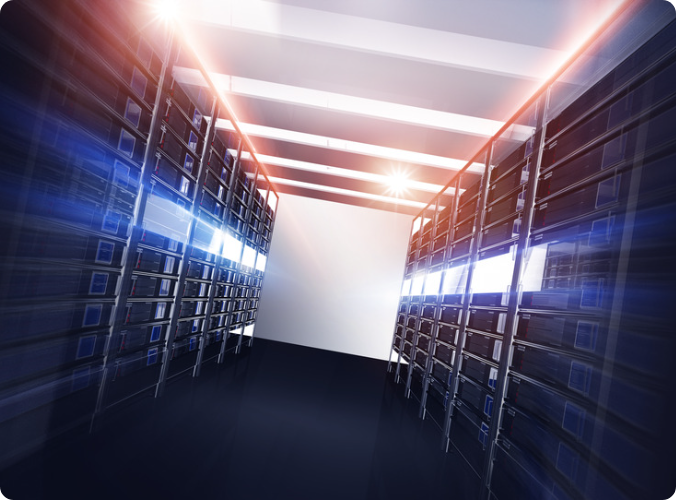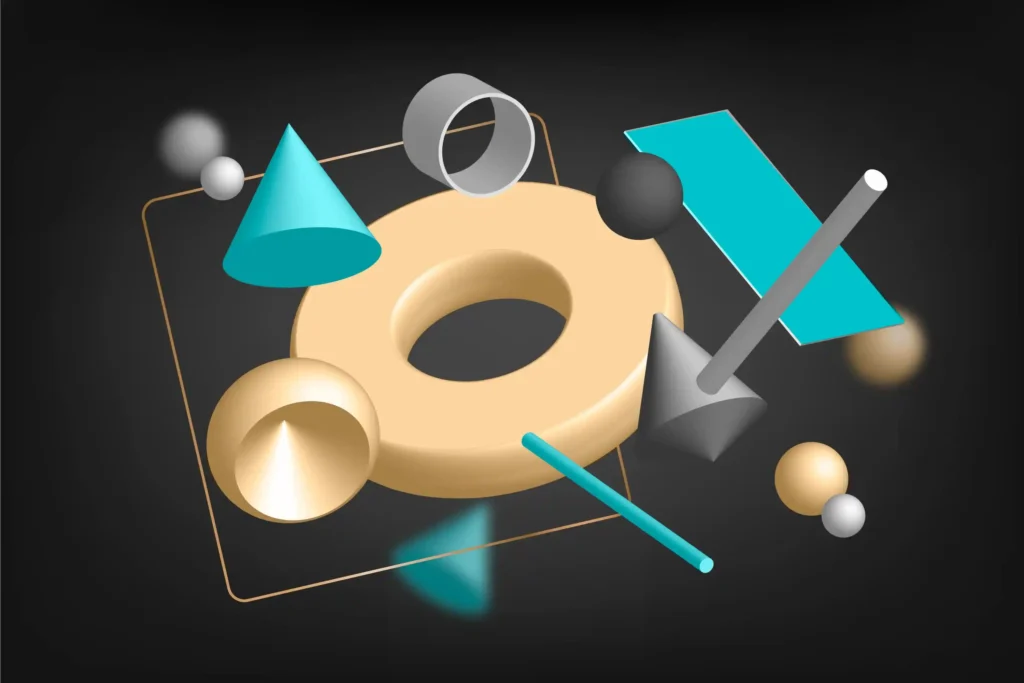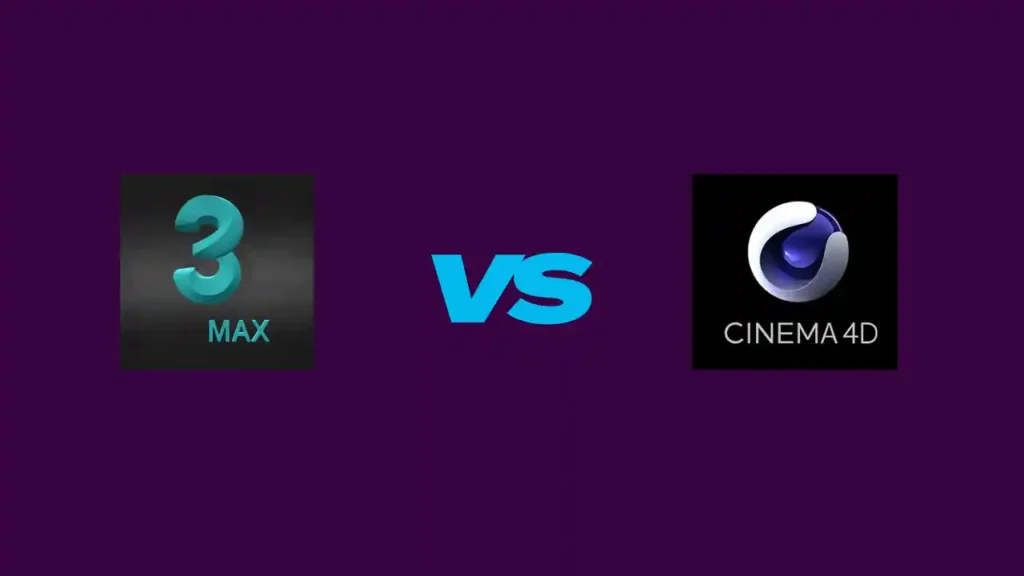What is a Render Farm and How Does it Work?

A render farm is a specialized computer system or data center designed for rendering computer-generated images (CGI) and animations. It’s essential in industries like film production, visual effects, and architectural visualization where 3D rendering is required.

Key points
- A render farm is a cluster of computers designed for efficient 3D rendering
- Render farms significantly reduce rendering time for all kinds of 3D projects
- They are crucial for industries like film, animation, and architectural visualization
- Render farms can be self-built or cloud-based commercial services
- Using a render farm can be cost-effective and time-efficient for 3D artists
How rendering works?
Rendering is the process of generating a 2D image from a 3D scene. It involves calculating various visual elements like lighting, shadows, and reflections. This process is computationally intensive and time-consuming.
For example, a one-minute animation typically requires about 1,500 frames. If each frame takes two minutes to render on a single computer, the entire animation could take more than 2 complete days to complete.
What is a Render Farm?
A render farm consists of multiple computers, called render nodes, working together to process rendering tasks. Each node is equipped with specialized hardware and software optimized for rendering.
How Does a Render Farm Work?
Render farms use distributed computing to split rendering tasks among multiple nodes. This parallel processing significantly reduces rendering time. For instance, a project that would take 10 days on a single computer might be completed in less than 3 hours just hours using a render farm with 100 nodes.
Types of Render Farms
Self-built Render Farms
These are constructed by studios using their own hardware. They require significant technical expertise and ongoing maintenance but offer complete control over the rendering process. Self-built render farms also require mastery of cooling systems, power supply management, and software license administration.
Cloud-based Render Farms
Commercial cloud render farms allow users to rent rendering power without the associated costs of hardware and maintenance. They offer scalability and immediate access to rendering resources. Cloud-based render farms have a lower environmental impact due to shared resources, which amortizes the creation costs as the machines are used daily. Additionally, innovative cooling methods like server immersion in oil significantly reduce energy consumption compared to traditional cooling systems.
Supported 3D Software
Most render farms support a wide range of 3D software, including:
Advantages of Using a Render Farm
Time Efficiency
Render farms dramatically reduce rendering time, which is crucial for meeting tight deadlines in film and animation projects.
Cost Savings
Using a commercial render farm can be more cost-effective than building and maintaining your own, especially for smaller studios or freelancers.
Scalability
Cloud-based render farms allow users to scale rendering resources based on project needs, providing flexibility for various project sizes.
Technical Support
Most commercial render farms offer technical support, helping users troubleshoot issues and optimize their rendering processes.
Sustainability
Thanks to new professional node cooling methods, the carbon footprint is lower than a home-built render farm.
How to Use a Render Farm: Step-by-Step Guide
- Choose a Render Farm Service: Select a reputable render farm provider.
- Register and Set Up an Account: Create an account on the chosen render farm platform. Render farms often offer free credits to try the service.
- Prepare Your File: Packing tools provided by Ranch Computing pack all resources into a single file location.
- Upload Your File: Use the our render farm’s tools or website to upload your project files.
- Monitor Progress: Track the rendering progress through the provided interface.
- Download Results: Once rendering is complete, your files are automatically downloaded to your PC.
Cost Considerations
The cost of using a render farm varies based on factors such as rendering time, complexity of the project, and the service provider. Many render farms offer pricing based on GPU/CPU hours used, allowing for flexible budgeting.



